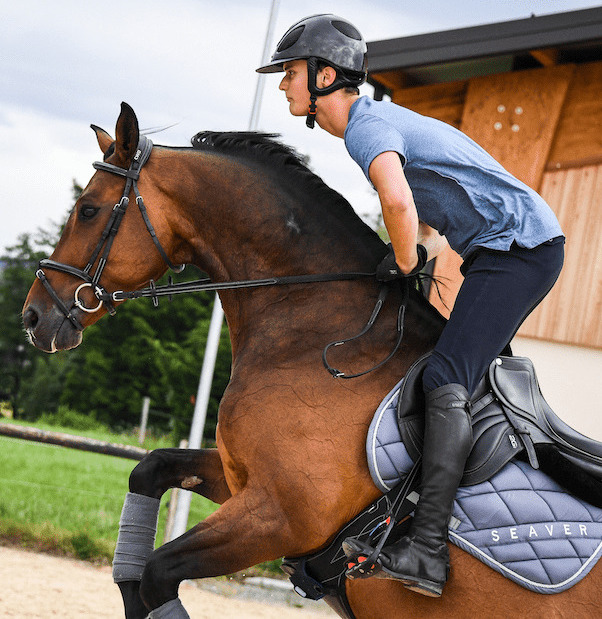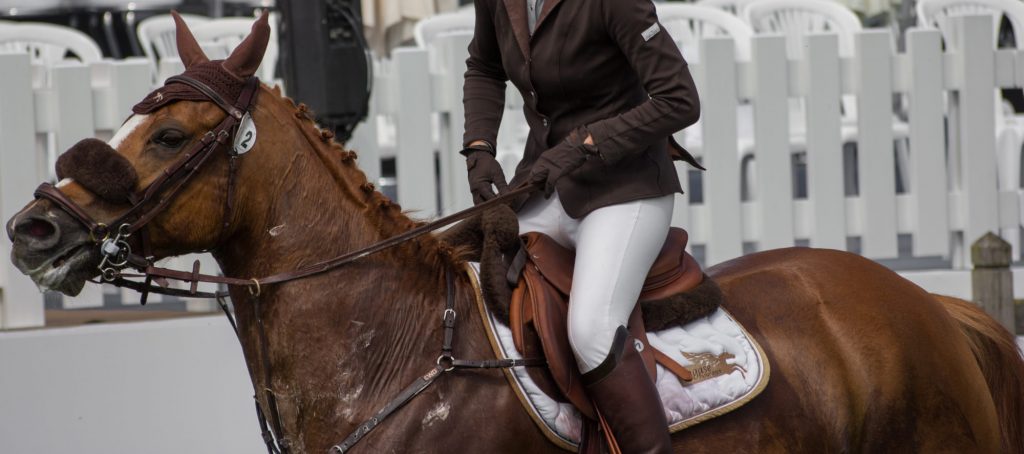-15 % sur votre première commande
rentrez votre email pour recevoir le code


Le paiement x10 disponible sur la boutique ! Commandez votre airbag SAFEFIT pour 50€/mois
lundi, 31 octobre, 2016
Many human athletes wear heart rate monitors while they work-out, so why not your horse? When used properly, heart rate monitors can be very valuable training aids.

The main reason to equip you horse with a heart rate monitor while training is that it will allow you to measure the intensity of your horse’s effort. In order to improve your horse’s physical health, you should vary the intensity of the training sessions (e.g. interval training one day, slow trotting the next day, etc.) depending on the horse’s condition and your training objectives. A heart rate monitor will help you avoid under/overtraining. A too intense training session can cause several pathological conditions and a decrease in performance or consistent under-performance will usually follow. A low-intensity training, although it will not contribute to improving your horse’s fitness, is important for a good recovery. The key to success is finding the good balance.
During high-intensity or anaerobic training, such as fast galloping, the oxygen demand exceeds the amount that can be carried by the bloodstream; thus forcing the horse’s body to use glycogen as a primary fuel source, which then turns into lactic acid. The accumulation of lactic acid (> 4mmol/L) causes sore muscles, and should be avoided. To improve lactic acid removal, you should push your horse’s limits for a very short period of time (30 sec to 2 min), in which the heart rate of your horse can increase to up to 200 bpm. Such a training session should consist of 2 to 8 intervals, with recovery periods in between each interval. Adequate recovery is very important, and the heart rate should go down to 100 bpm during these periods. It is best not to repeat this ‘interval training’ more than once every 4 or 5 days, and to gradually increase the number of intervals per training session.
During low-intensity training such as walking, trotting and slow cantering; the aerobic energy system supplies oxygen to the muscles, giving them the needed energy to sustain the effort. Training this aerobic energy system will help improve the general cardiovascular condition, which is very important, particularly important at the beginning of show season. This training consists of long low-intensity intervals (g.e. 4 intervals of 5 min at a speed of 450 m/min). Your horse’s heart rate should be between 140 and 160 bpm, to keep the lactic acid level below 2 mmol/L. Proper recovery in between the intervals (e.g. 2 to 3 min of slow trot or walk with the heart rate lower than 100 bpm) is very important. A good guideline is to schedule this endurance training twice a week.
The recovery period is the time it will take your horse’s heart rate to go back to normal after an effort. The faster your horse recovers, the healthier his heart is. Your horse’s heart rate should decrease of 50% (or < 100 bpm) within one or 2 minutes after the exercise, when compared to the maximum heart rate right after the effort.
The Seaver team